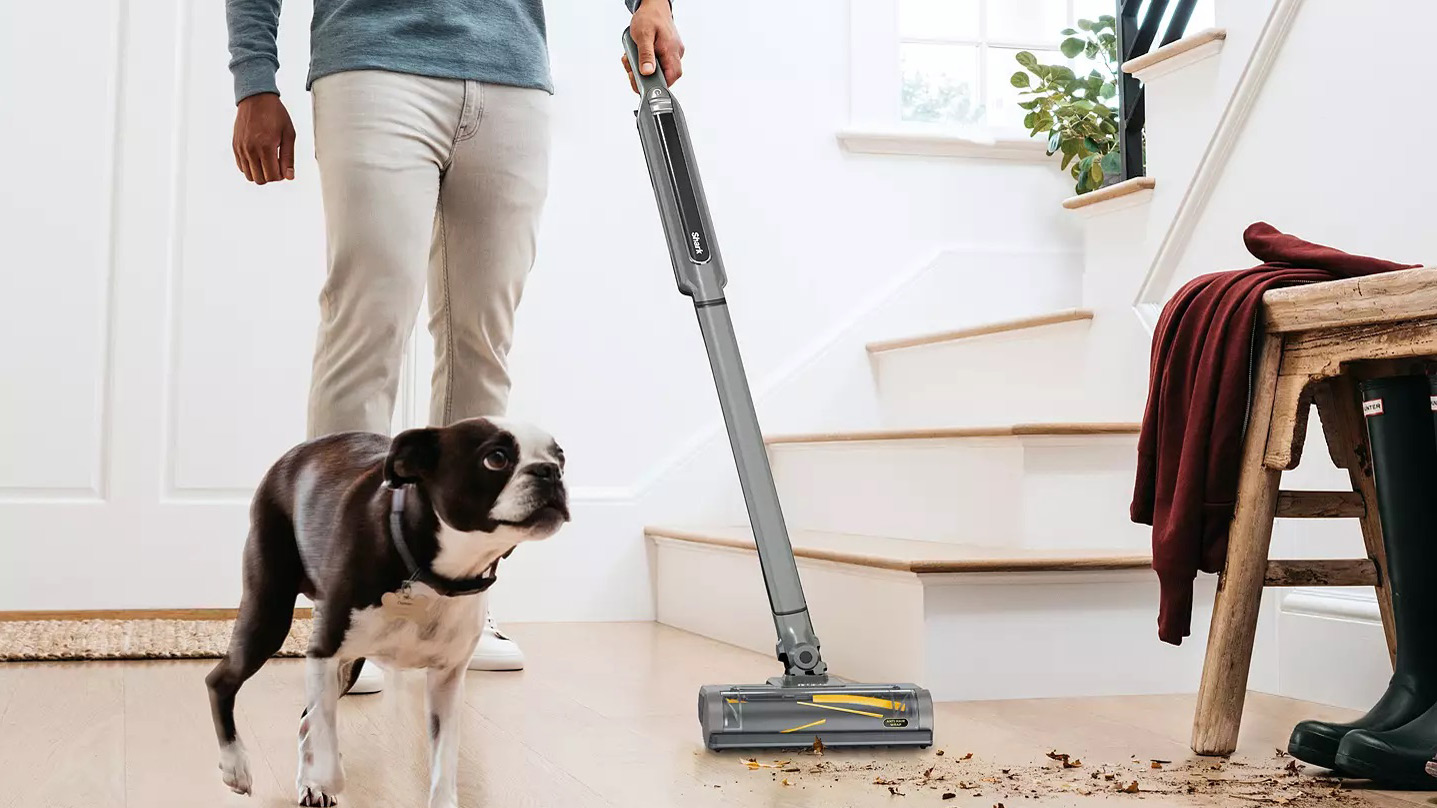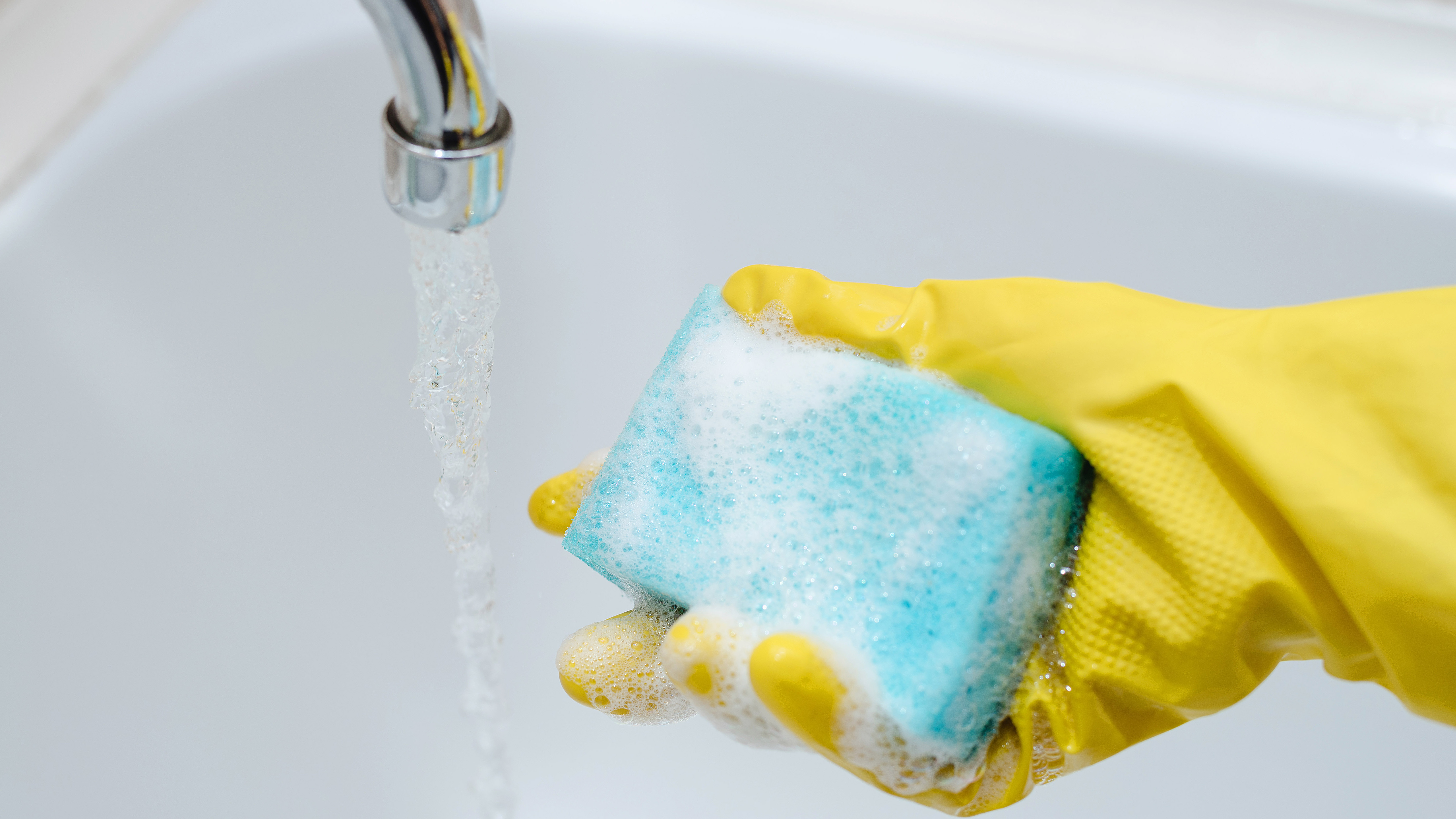How to clean a Shark vacuum filter and dust canister
Ensure your Shark vacuum is in tip-top condition

Let’s face it, the majority of us would rather spend our free time doing anything other than household chores, but cleaning the house is something we all have to do. And data suggest that we all have one cleaning task that we dread more than any other.
According to research by YouGov, for 7% of Amercians, vacuuming is the household task they’ll do anything to avoid. Investing in one of the best vacuum cleaners on the market will certainly go some way to making this chore as painless as possible, with powerful suction and large capacity dust canisters ensuring as few interruptions to your cleaning session as possible.
However, cleaning your cleaner is vital, too, to ensure it can tackle carpets and hard floors as efficiently as possible. This means regularly emptying the dust canister, cleaning the filters, and checking for blockages in the floor head and any wands or hoses that come with your vacuum cleaner.
There’s a wide array of vacuums on the market right now, and not all manufacturers recommend the same methods for keeping their appliances clean. We’re focussing on a Shark vacuum cleaner for this article; but whether you have a Shark cordless vacuum or one of the company’s corded models, the basic cleaning principles remain the same.
Shark may be a relative newcomer to the floor-cleaning world, but it's certainly become popular very quickly. This is thanks to the fact that models come in at affordable prices, while still giving rivals such as Dyson and Miele a run for their money for cleaning power; their flexibility to clean in nooks and crannies, and for the runtime of Shark’s cordless cleaners as well.
Read on to find out how to clean your Shark vacuum – or, if you know you want to get your hands on one of its top models right now, check out these great deals for some of the best prices on the market.
How to clean a Shark vacuum’s dust filter
A vacuum cleaner’s filter traps dust and dirt particles collected from your carpets and hard floors, depositing them in the dust canister – rather than expelling them into the air. Filters also prevent fine dust and dirt particles entering the motor and clogging it up, so it's important they’re regularly cleaned.
Get daily insight, inspiration and deals in your inbox
Sign up for breaking news, reviews, opinion, top tech deals, and more.
Shark cordless vacuums have two types of filter. The first is located in front of the motor, which is known – unsurprisingly – as the pre-motor filter. This comprises one foam and one felt filter. Then there’s the post-motor filter, a plastic device that sits between the filters and the dust canister.
To access the filters, whether it’s a Shark cordless vacuum or one of the brand’s upright models, remove the dust canister and pull out the felt and foam filters from the top of the dust canister. Now remove the post-motor filter – if you have a Shark cordless vacuum, you’ll find it in the vacuum’s main unit. Simply grasp the filter and pull it downwards.
In Shark upright vacuums, the filter housing sits beneath the dust canister. To remove it, lay the vacuum on its back and use the filter-release button to remove the housing to expose the filter. Pull the filter forward to remove it.
The two types of filter are washable and should be rinsed in warm water and left to air-dry before being re-installed. Never use soap as this can cause the filter to clog, and always put them back in place before switching on the vacuum; otherwise, there won’t be enough suction to clean your floors.
Shark recommends cleaning the pre-motor filters at least once a month and the post-motor filter at least once a year. However, more frequent cleaning may be necessary if the vacuum is heavily used.

- We show you how to vacuum properly
- Discover how often you should vacuum
- We answer the question, should you vacuum or dust first?
How to empty and clean a Shark vacuum’s dust canister
The dust canister on both Shark cordless and upright vacuums is extremely easy to empty, thanks to a lid-release button that allows the hinged cover to fall away from the canister, depositing the contents in the trash. On cordless models, you’ll need to detach the wand before you can do this. On the upright corded designs, you should remove the dust canister from the vacuum first, by pressing the release button at the top of the main unit.
The dust canister on Shark cordless vacuum models can also be rinsed in warm water for cleaning. Place it on its side with the lid open once done, allowing it to air-dry for at least 24 hours before use.
While the dust canister has been removed, it’s also worth checking the vacuum’s wand/hose and floor head for any blockages. Whichever type of vacuum you have, ensure you switch it off first. Next, remove the wand or hose and peer down it – if you see any debris blocking the wand or hose, use a bamboo skewer to push it free.
Most of Shark’s vacuum cleaners – such as the Shark Anti Hair Wrap Cordless Stick Vacuum Cleaner with PowerFins & Flexology – feature anti-tangle technology, which stops hair from becoming wrapped around the floor head’s brush roller. However, if the Shark model you own doesn’t come with such tech, and you’ve noticed that debris has become caught around the brush roller, use a pair of tweezers to carefully remove it.
If the vacuum cleaner has soft brush rollers, then you can even hand-wash them in warm water to remove dirt and debris. However, ensure the rollers air-dry completely – which Shark says will take around 24 hours – before re-inserting into the floor head.
Carrie-Ann Skinner was formerly Homes Editor at TechRadar, and has more than two decades of experience in both online and print journalism, with 13 years of that spent covering all-things tech. Carrie specializes in smart home devices such as smart plugs and smart lights, as well as large and small appliances including vacuum cleaners, air fryers, stand mixers, and coffee machines. Carrie is now a copy editor at PWC.
